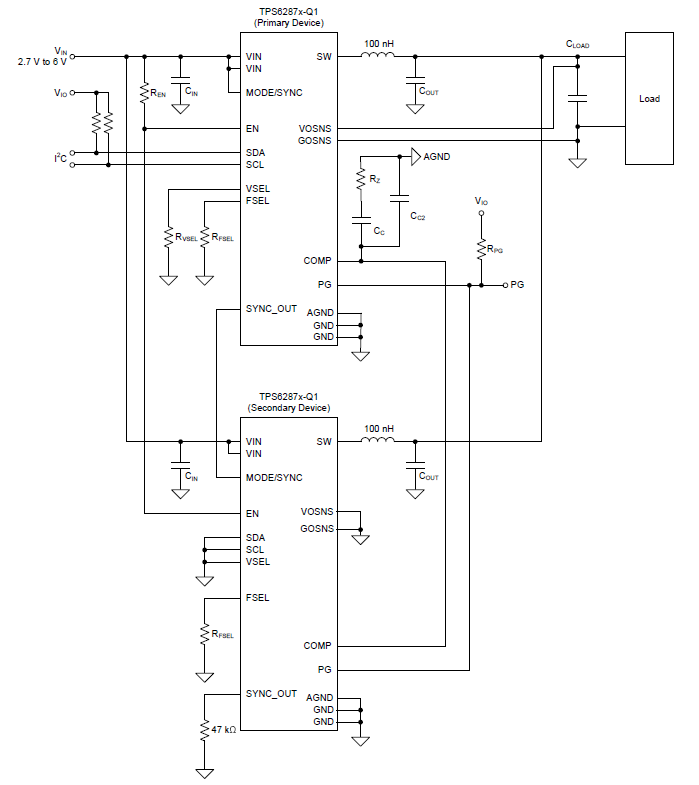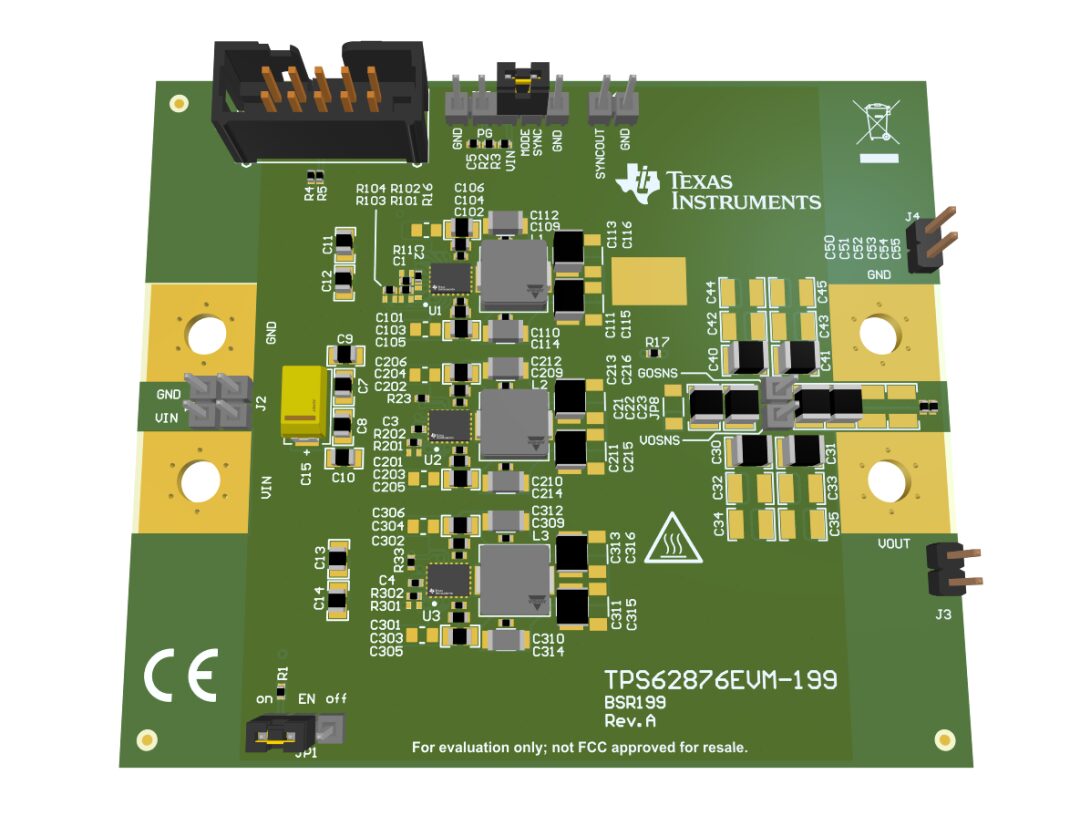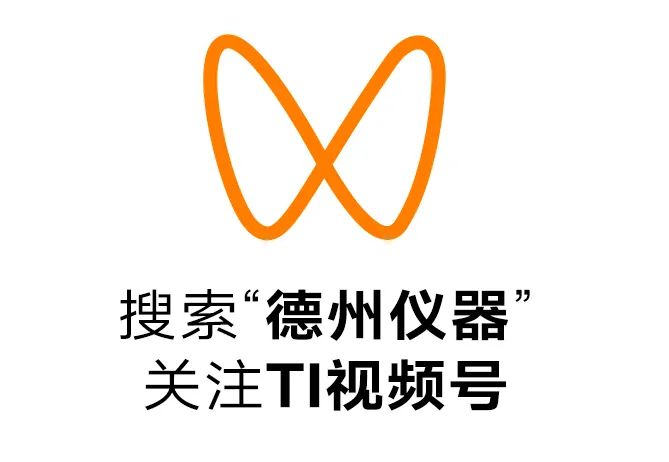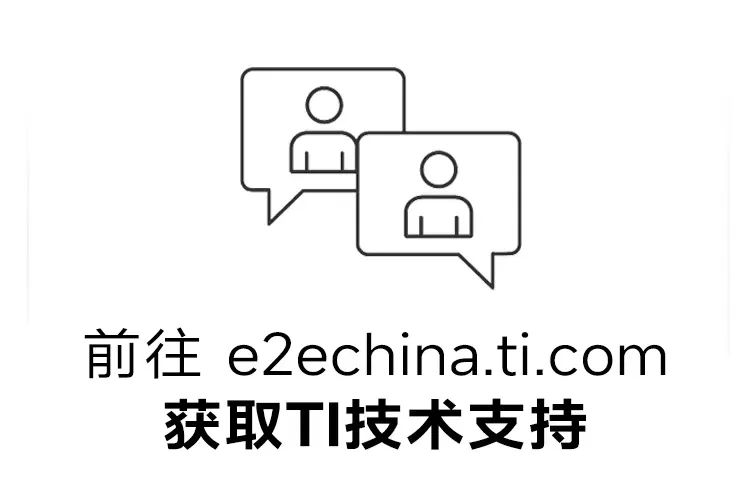Click the blue text above
Follow us!

The Advanced Driver Assistance Systems (ADAS), including automotive systems for autonomous driving visual analysis, parking assistance, and adaptive control functions, are becoming increasingly electrified. Intelligent connectivity, safety-critical software applications, and neural network processing require enhanced real-time computing capabilities.
To meet these advanced requirements, multicore processors capable of supporting over 100A electronic control units (ECUs), such as the TDA4VH-Q1, are needed. However, high power also brings design challenges, including achieving high efficiency for higher current rails, controlling thermal performance and load transients under full load conditions, and meeting functional safety requirements.
Providing ADAS Processing Power
The TPS62876-Q1 buck converter helps designers break through the current limitation of over 30A through a new stacking feature, enabling high current required for charging SoCs such as the TDA4VH-Q1. This series of devices, packaged the same way, can provide current from 15A to 30A and, through the stacking feature, can support load currents greater than 100A.
Stacking these devices not only powers the next-generation ADAS SoC cores but also improves thermal performance and efficiency by reducing thermal limits. See Figure 1.

Figure 1: Two TPS62876-Q1 devices in a stacked configuration
Using a daisy chain method allows the stacking feature to operate correctly. The main device controls a compensation network, a POWERGOOD pin, an ENABLE pin, and an I2C interface. For optimal current sharing, all devices in the stack must be programmed to use the same current rating, switching frequency, and current level.
The main device in the stack can also set the output voltage and control regulation. If there is a 47-kΩ resistor between the SYNCOUT pin and ground, the device will operate as a slave. If the SYNCOUT pin is in a high-impedance state, the device operates as the master. Figure 2 shows the stacked configuration deployed on a printed circuit board.

Figure 2: Three TPS62876-Q1 buck converters
Example of a stacked evaluation module
Other features of this buck converter series include:
-
Dropout compensation, also known as load line (automatic voltage positioning). By adjusting the nominal output voltage, it can provide better load transient tolerance based on output currents (15A to 30A) and reduce output capacitance, achieving a cost-optimized, high power density solution. The REGISTER pin can enable or disable dropout compensation, which is disabled by default.
-
Remote sensing capability supports various SoC processors with stricter output voltage requirements (requiring more margin during load transients). The device’s remote sensing line connects directly to the load point, supporting voltage setting with an 8% accuracy.
-
The I2C interface monitors system performance and issues warnings when temperature and output current exceed specified limits. Additionally, dynamic voltage adjustment can be used to vary the output voltage between 4V and 1.675V. If I2C functionality is not needed, the same device can still be used by grounding the SCL and SDA pins.
Functional Safety
Functional safety is crucial in ADAS, especially for autonomous driving. The TPS62876-Q1 buck converter provides multiple TI functional safety level documents, including:
-
Functional safety failure rate estimates for semiconductor components based on industry reliability standards.
-
Failure modes of components based on the device’s primary functions and their distribution.
-
Pin failure mode analysis.
By adding external monitors to the design, the automotive safety integrity level standards can be met.
Conclusion
To achieve higher autonomous driving levels such as Level 2 and beyond, automotive engineers need higher computing power to provide higher resolution and respond quickly in very short timeframes. Embedded features like artificial intelligence technology are also driving the demand for higher power ADAS SoC processors. The stacking capability of the TPS62876-Q1 series helps achieve core power greater than 100A, enabling higher levels of autonomous driving.
For more online technical support, please visit the TI E2E™ Chinese support forum (e2echina.ti.com).








Click “Read the original text” to learn more about TPS62876-Q1 related products!